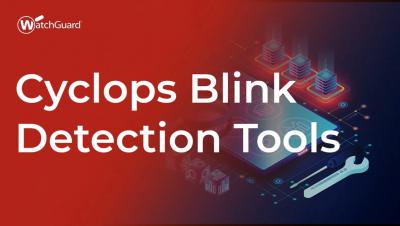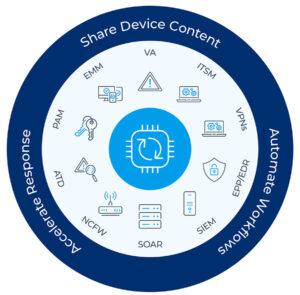Security | Threat Detection | Cyberattacks | DevSecOps | Compliance
Threat Detection
Detection as Code: How To Embed Threat Detection into Code
Threat Detection In 2023 Is Broken. Here's How to Fix It
Why have cyber incidents topped the Allianz Risk Barometer for the last two years in a row? Growing attack surfaces are partly responsible. Remote work, cloud migration, IoT use and other trends give cyber threats more places to enter and hide within networks. But there is another cause – deficiencies in the standard approach to threat detection and response.
5 Steps to Combating Emerging Threats with Network Security
In today’s rapidly evolving threat landscape, cybercriminals have become more sophisticated than ever, making it crucial to stay abreast of the latest trends and tactics. The challenge is exacerbated by the expanding attack surface as more devices and device types connect to enterprise networks: IT, OT, IoT and IoMT devices, all with known vulnerabilities that can be exploited.
Ransomware detections on endpoints increase by 627%
Ransomware is still present and growing across the threat landscape, to the extent that some organizations now include the cost of a ransomware attack in their annual budgets. Data from our Internet Security Report - Q4 2022 reveals that ransomware detections on endpoints rose by an alarming 627% in 2022 compared to the previous year. While ransomware does not discriminate by industry type, the report clearly shows the manufacturing sector was the most affected during 2022.
What are Advanced Persistent Threats (APT) and How to Prevent Them.
Extending visibility through our new ICS/OT collection
Increasingly, security teams are tasked with identifying, understanding, and managing risk around devices that may live outside the traditional IT umbrella. Operational Technology (OT) refers to computing systems that are used to manage and process operational functions as opposed to administrative operations, with Industrial Control Systems (ICS) being a major segment of that OT sector.
How to Use Algorithms to Identify Suspicious Activity in Real-Time
5 Cyber Threat Prevention Strategies to Protect Your Growing Digital Footprint
Honeypot Recon: Global Database Threat Landscape
In today's digital era, the importance of securing databases cannot be overstated. As more and more global businesses and organizations rely on DBMS systems to store tons of sensitive information, the risk of targeted attacks and data breaches continues to increase. Therefore, the importance of monitoring and uncovering new actors along with their - often unique - attack techniques and methods is crucial.











